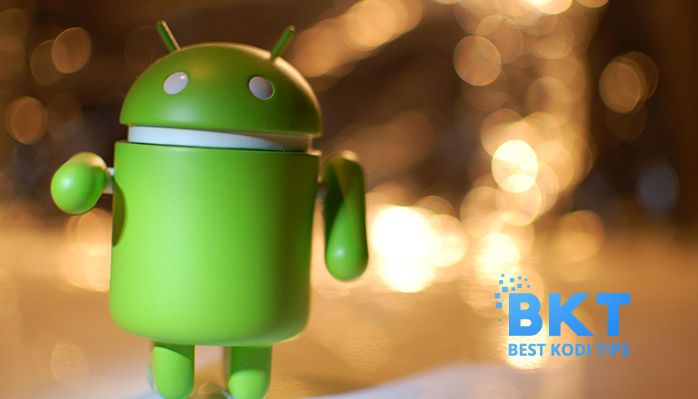Unless you have an Android device that has an exceptionally large amount of storage space, the chances are that you will soon reach your limit. Usually, this will come at the worst of times, such as when you are about to take a picture of the Grand Canyon or your best friend’s wedding.
It is very easy for our phone storage to be used up quickly, but with a little management and familiarity with the right measures, those frustrating crises can be averted.
More ergonomic, fast and user-friendly, Android devices are excellent tools for accessing the best website platforms. While mobile internet use was once a novelty, now it is slowly replacing desktop internet use.
Review your storage status
In the Settings app of an Android device, by selecting the Storage option, users are able to view how the data is used. This shows how much of the total data is still available, and it also divides that data into categories. Here we can see how different file types are using up space, such as photos & videos or games. With this in mind, we can plan and manage our file management in the future.
Use the built-in storage tool
Assuming that your Android device is relatively recent and updated, it will come with a useful tool for automatically creating more space. This tool can also be found in the Settings app under the Storage option, as a tab labeled Free Up Space. This commences an automated guided process that the phone applies to all data that it assumes is not needed. It works through the different categories searching for and deleting unwanted files, then gives a report on the space created.
Backup your photos
It may seem like an obvious answer, given that smartphone photos can be up to 23MB in file size, and taking lots of snaps can be addictive. Fortunately, it is possible to back these up to the Google Photos app. After signing in to your Google Account, go to Menu, then Settings, and Backup & sync. Once they have been backed up, they are available to download from the cloud. Then you can go to the Google Photos app and delete your photos to create more space. This can be done individually or by batch.
Uninstall apps
For Android devices, the average app size is around 15MB. This is not a huge amount of data, but as with photos, it is very easy to accumulate. There are always new apps to download, but often they are unused and forgotten. To review all of your apps in one location, visit the Google Play app. Choose Menu, then navigate to My apps & games, then Installed. Here you are able to pick out the apps you don’t need, then click Uninstall. Under Storage, apps can be checked then deleted as of a group.
Clear out cache and downloads
Under Settings and Storage, by tapping on individual apps, we can see that each has storage of cached data. There is an option to Clear cache, or under Settings, Storage and Cached data, the cached data from all apps can be cleared.
The downloads folder is another location for stored data that may not be needed. This can be found in the apps drawer, then going to Downloads or Files. After reviewing the files, anything that is not needed can be removed.
Use a memory card
If organizing your space is too much of a chore, the best option may be to simply buy more memory. Most Android phones have the option to fit memory cards or micro SD (secure digital) cards. These are able to vastly increase the space on a phone or tablet for a relatively low cost. How to insert the memory card will depend on the particular phone, but once it is done, an installation notification will appear. It is necessary to choose internal or portable storage, the latter of which can be used on other devices, but it cannot store apps.
Final Words
Managing and clearing out the storage on your phone will keep it more functional and easy to use. While it can sometimes seem time-consuming, an organized and efficient phone can be a remarkable improvement.














Comments